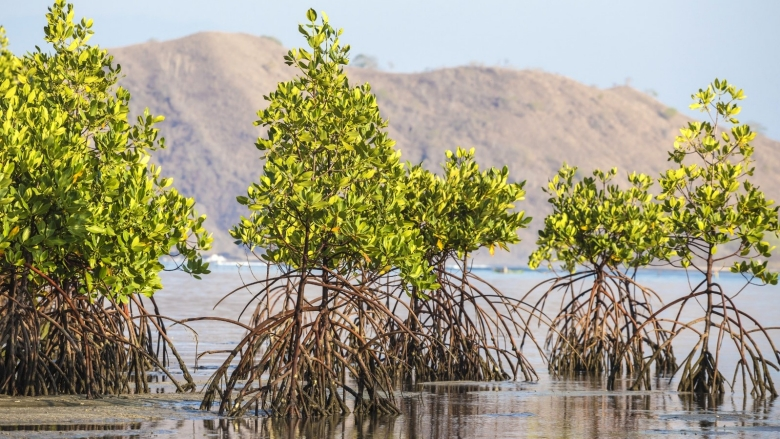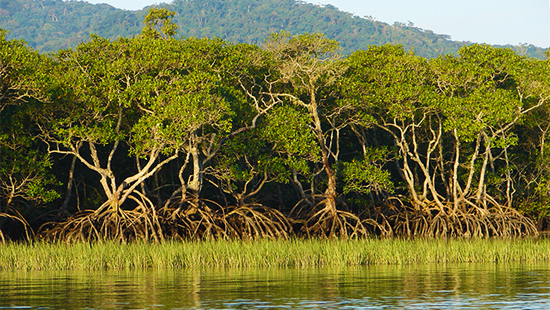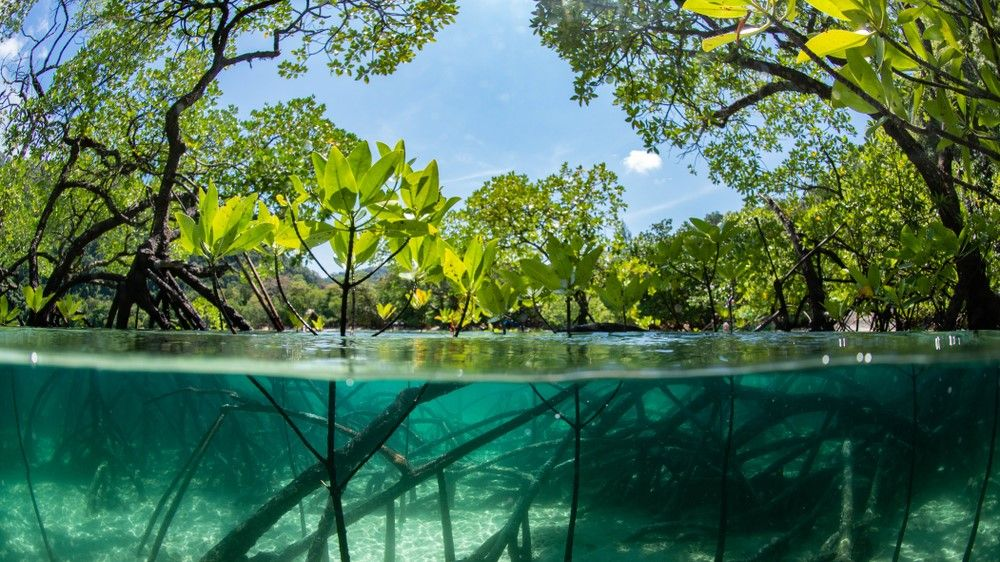Mangrove forests are a unique and invaluable ecosystem that thrive in the transitional zone between land and sea. These remarkable ecosystems are found in tropical and subtropical regions, where they play a crucial role in protecting coastlines, supporting biodiversity, and providing a wide range of ecosystem services. Among the many mangrove forests scattered across the globe, some stand out for their sheer size and ecological significance. In this article, we will explore the top 12 largest mangrove forests in the world, delving into their geographical locations, ecological importance, and the challenges they face.
Mangrove forests are not only breathtakingly beautiful but also serve as vital nurseries for a plethora of marine life. They act as natural barriers against coastal erosion, storm surges, and tsunamis, protecting coastal communities and infrastructure from the wrath of nature. Additionally, these forests play a crucial role in carbon sequestration, capturing and storing significant amounts of carbon dioxide from the atmosphere, thereby mitigating the effects of climate change.
Despite their immense ecological value, mangrove forests around the world are facing severe threats due to human activities such as coastal development, pollution, and unsustainable exploitation of resources. It is crucial to raise awareness about the importance of these ecosystems and the need for their conservation and sustainable management.
Sundarbans Mangrove Forest

Spanning across the Bay of Bengal, the Sundarbans Mangrove Forest is the largest single tract of mangrove forest in the world. Shared between Bangladesh and India, this vast ecosystem covers an area of approximately 10,000 square kilometers (3,860 square miles). The Sundarbans is renowned for its rich biodiversity, serving as a sanctuary for the endangered Royal Bengal Tiger, as well as numerous species of birds, reptiles, and other wildlife.
This mangrove forest plays a vital role in protecting the coastal regions of Bangladesh and India from cyclones and tidal surges, safeguarding the lives and livelihoods of millions of people. However, the Sundarbans faces threats from climate change, pollution, and illegal logging, highlighting the need for comprehensive conservation efforts.
Mangrove Forests in Indonesia

Indonesia is home to some of the most extensive mangrove forests in the world, with several large and ecologically significant areas. The Bornean Mangroves, spanning across the Indonesian provinces of East Kalimantan and West Kalimantan, as well as parts of Malaysia, cover an area of approximately 3,750 square kilometers (1,450 square miles). This vast mangrove ecosystem is a biodiversity hotspot, providing habitat for a wide range of flora and fauna, including endangered species such as the Proboscis Monkey and the Bornean Orangutan.
Another notable mangrove forest in Indonesia is the Segara Anakan Mangrove Forest, located in Central Java. Covering an area of around 1,500 square kilometers (580 square miles), this ecosystem plays a crucial role in coastal protection and supports a diverse array of marine life. However, the Segara Anakan Mangrove Forest faces threats from sedimentation, pollution, and coastal development, highlighting the need for sustainable management practices.
Mangrove Forests in Brazil

Brazil is home to some of the largest mangrove forests in the Western Hemisphere. The Cananéia-Iguape Coastal Mangrove Complex, located in the state of São Paulo, covers an area of approximately 1,800 square kilometers (695 square miles). This ecosystem is not only a biodiversity hotspot but also plays a crucial role in protecting coastal communities from erosion and storm surges.
Another significant mangrove forest in Brazil is the Amazonian Mangrove Coast, which stretches along the northern coast of the country. This vast ecosystem covers an area of approximately 1,500 square kilometers (580 square miles) and is known for its unique biodiversity, including a variety of mangrove species adapted to the freshwater conditions of the Amazon River.
Mangrove Forests in Mexico

Mexico boasts several large and ecologically significant mangrove forests, including the Centla Wetlands Biosphere Reserve in the state of Tabasco. This vast wetland ecosystem covers an area of approximately 802 square kilometers (310 square miles) and is home to a diverse array of mangrove species, as well as numerous bird species and other wildlife.
Another notable mangrove forest in Mexico is the Laguna de Términos Mangrove Forest, located in the state of Campeche. Covering an area of around 705 square kilometers (272 square miles), this ecosystem is a vital nursery for numerous marine species and plays a crucial role in coastal protection and carbon sequestration.
Other Notable Mangrove Forests

While the mangrove forests mentioned above stand out for their sheer size, several other notable mangrove ecosystems around the world deserve recognition for their ecological significance and conservation efforts.
The Everglades National Park in Florida, USA, is home to one of the largest mangrove ecosystems in the Western Hemisphere, covering an area of approximately 610 square kilometers (235 square miles). This unique ecosystem supports a diverse array of wildlife and plays a vital role in water purification and flood control.
The Bhitarkanika Mangrove Forest in Odisha, India, covers an area of around 650 square kilometers (250 square miles) and is known for its rich biodiversity, including the endangered Saltwater Crocodile and numerous bird species.
The Rufiji Delta Mangrove Forest in Tanzania, covering an area of approximately 500 square kilometers (193 square miles), is one of the largest mangrove ecosystems in East Africa and supports a wide range of marine life, including endangered species such as the Green Turtle and the Dugong.
Conclusion
Mangrove forests are truly remarkable ecosystems that provide invaluable services to both human communities and the natural world. The top 12 largest mangrove forests in the world, as highlighted in this article, serve as vital bastions of biodiversity, coastal protection, and carbon sequestration.
However, these ecosystems face numerous threats, including coastal development, pollution, unsustainable resource exploitation, and the impacts of climate change. It is crucial that we recognize the immense ecological value of mangrove forests and prioritize their conservation and sustainable management.
Through collaborative efforts involving local communities, governments, and international organizations, we can ensure the preservation of these invaluable ecosystems for future generations. By raising awareness, implementing sustainable practices, and promoting responsible coastal development, we can protect and restore mangrove forests, safeguarding their vital role in supporting biodiversity, mitigating climate change, and protecting coastal communities from the ravages of nature.

